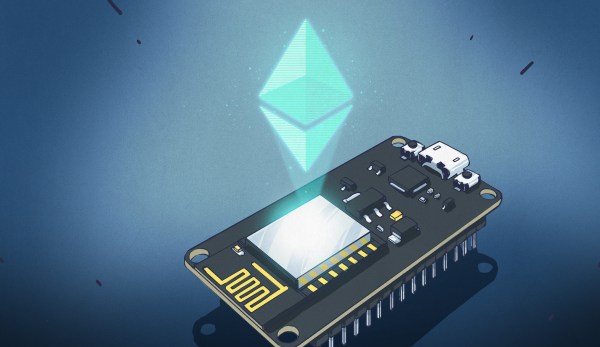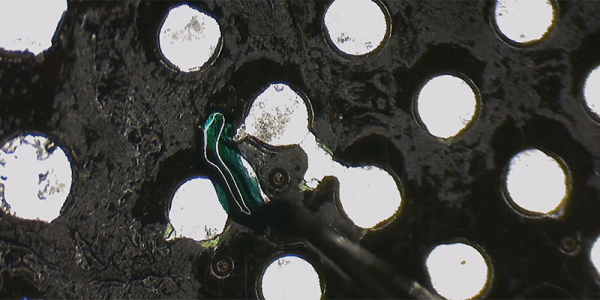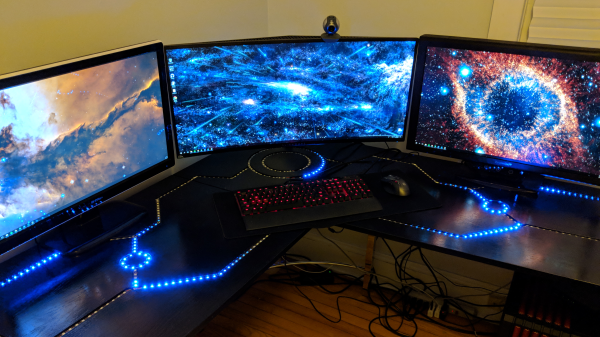Remote administration of machines is a very useful tool for all manner of commercial, industrial, and home applications. Now, it’s available for claw machines, too – thanks to [Code Your Venture Free].
The project uses an ESP32 board that includes a battery case on the back for a standard 18650 lithium battery that makes getting small battery powered projects off the ground much easier. You can find them at Banggood and AliExpress, but we’re not 100% sure that they’re kosher because they’re branded WeMos, but don’t show up on WeMos’ website or their official online retail store. Anyway, it’s a cute idea to strap a LiPo cell to the back like that. Let us know in the comments if you know more.
Back to the claw! An off-the-shelf thumbstick is then connected to the ESP32 which is programmed to send packets over the network to control the claw machine, which is wired up with its own network-connected microcontroller. It’s all wrapped up in the usual 3D printed case.
The one problem that the project doesn’t solve is delivery – how does the remote player, whether on the local network or online, collect their prize? We can only assume some cutting-edge form of drone delivery is the solution. It’s not the first remote claw machine we’ve seen, either. Video after the break.














